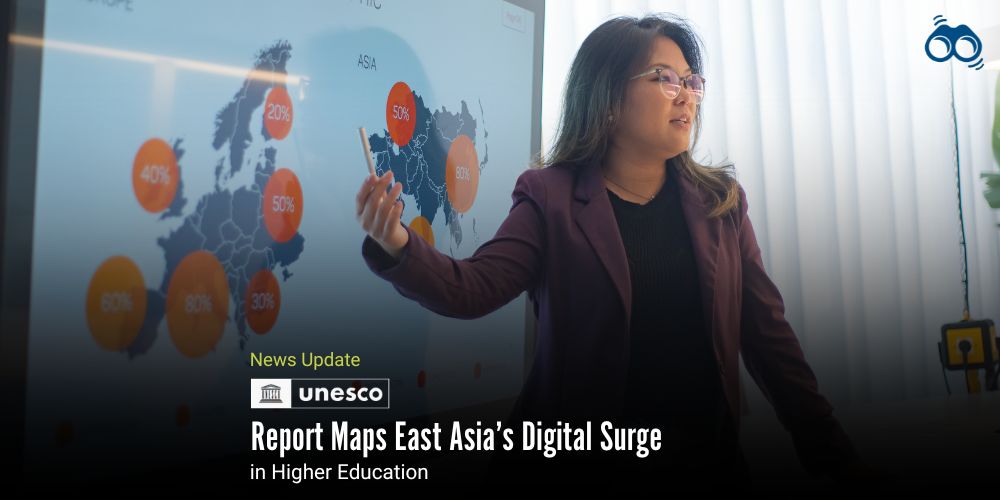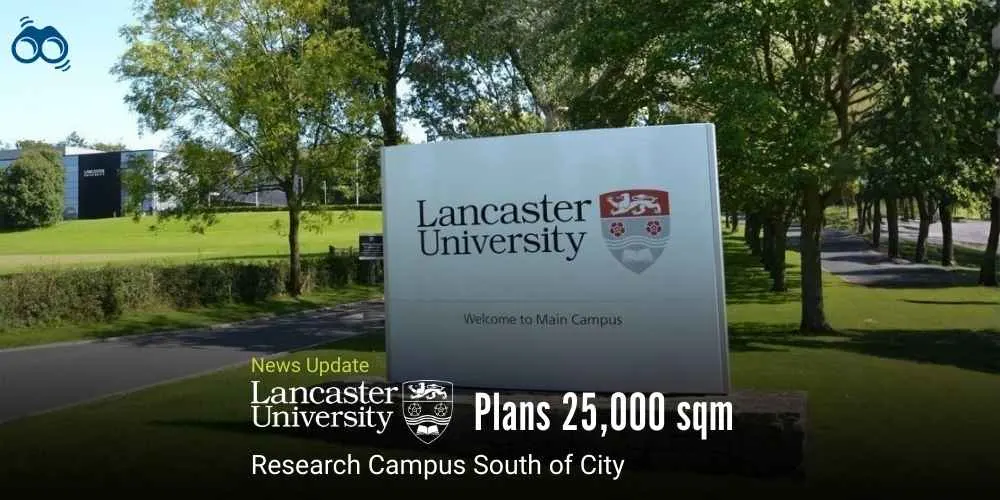Higher Education in East Asia Adapts to Rapid Technological Shifts
East Asian Universities Embrace Digital Advancements in Learning
East Asian countries are at the forefront of educational technology adoption, with a strong emphasis on digital learning initiatives. A World Bank study indicated that 25 out of 52 evaluations of education interventions in the East Asia Pacific region focused on EdTech, highlighting the region’s commitment to integrating technology into learning. While some interventions demonstrated significant positive outcomes, others showed varied effectiveness depending on implementation scale.
Exploring the role of digital transformation in higher education, UNESCO has published Digital Leap in East Asia: A Regional Synthesis on Higher Education Transformation, providing a detailed examination of how institutions in China, Japan, Mongolia, the Republic of Korea, and beyond are integrating advanced digital tools to reshape learning environments. The report highlights the rapid adoption of technology, showcasing innovations in teaching methods and efforts to ensure equitable access during the digital transition. Additionally, it identifies key challenges, including maintaining educational quality, equipping students with future-ready skills, and enhancing institutional resilience in an evolving academic landscape.
Recognising the importance of informed policymaking, UNESCO expects this synthesis to serve as a valuable resource for educators, stakeholders, and decision-makers as they navigate the complexities of digital transformation in higher education. Freely accessible via UNESDOC, the report provides critical insights into the changing academic landscape across East Asia.
The completion of this study was made possible through the financial and technical support of UNESCO's International Centre for Higher Education Innovation (ICHEI). UNESCO acknowledged the research as a testament to East Asia’s academic collaboration, drawing expertise from nearly 30 scholars and officials across more than 15 universities in China, Japan, Mongolia, and South Korea. The organisation further highlighted that the study integrates diverse institutional perspectives, reinforcing a collective commitment to advancing education in the region. By synthesising knowledge from multiple institutions, the study strengthens UNESCO’s mission to promote sustainable development through inclusive collaboration and innovation, contributing to a more interconnected and adaptive higher education system in East Asia.
Editor's Note:
UNESCO’s latest report provides a comprehensive analysis of how East Asian countries are integrating digital technologies into their higher education systems. With nations such as China, Japan, Mongolia, and South Korea actively investing in EdTech, the study captures the region’s commitment to modernising academic frameworks through advanced digital tools. This report examines how technology is transforming education, improving accessibility, and aiding institutional adaptability. It analyses policy, platforms, and strategies, revealing how universities use AI, virtual learning, and data analytics to enhance educational outcomes in the digital era. Digital transformation in East Asian higher education has significant implications. Institutions must balance innovation with inclusivity, ensuring all students have access to quality learning. Challenges include academic integrity, workforce preparedness, and institutional resilience. Policymakers and educators must align strategies to support student development over administrative efficiency.
Skoobuzz asserts that this report will provide a roadmap for sustainable digital education in East Asia. Its findings will likely shape future policies, guiding institutions towards a more adaptive and equitable learning ecosystem that meets the demands of an increasingly technology-driven world.














0 Comments (Please Login To Continue)